
Incline for cribs has been a popular trend in recent years as parents strive to create the perfect sleeping environment for their babies. However, a recent study has shown that this may not be as safe as once thought.
In fact, the American Academy of Pediatrics (AAP) has released a statement urging parents to stop using incline products for their infants due to an increased risk of Sudden Infant Death Syndrome (SIDS).
Let us learn more about incline for cribs and the dangers they pose to babies.
Incline for Cribs: What Purpose Do They Serve?
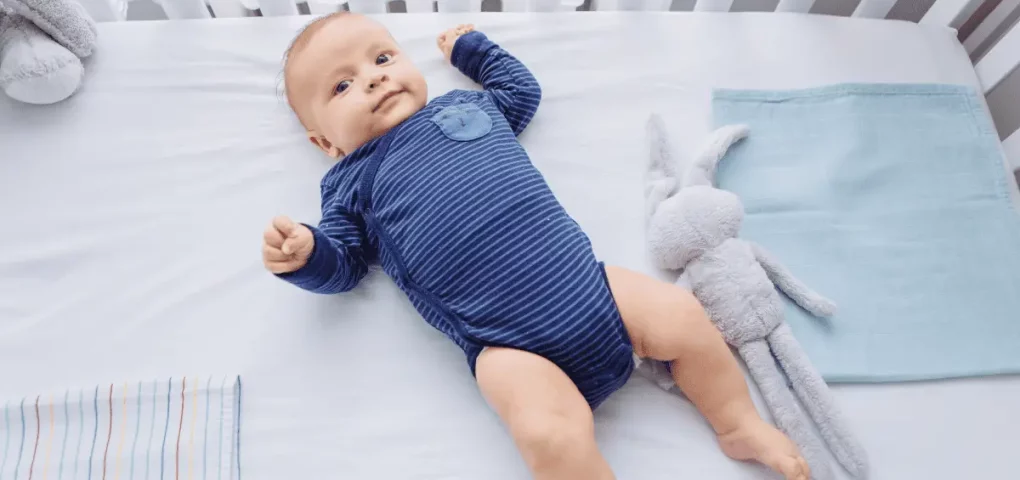
Inclines for cribs serve a few purposes. The most popular reason is that they are believed to help with reflux or GERD. By keeping the head of the crib elevated, it is thought that this will decrease the amount of stomach acid that comes back up into the esophagus and throat.
In addition, some parents believe that inclines help babies sleep through the night by keeping them in a semi-upright position.
However, studies have shown that it was actually safer for babies to sleep on flat and firm surfaces instead of inclined ones. This is because the incline can put babies in an awkward position that may restrict their movement and increase the risk of Sudden Infant Death Syndrome (SIDS).
Inclined baby sleepers exacerbate the risks of sudden unexpected infant death, which is something that all parents must watch out for. Therefore, inclined infant sleepers should be avoided at all costs.
Why Inclines for Cribs Are Dangerous

There are a few reasons why inclines for cribs are dangerous, especially for very young babies. Let us explore these reasons more thoroughly below:
Increased Risk for SIDS
The most dangerous reason why you should avoid using inclines for cribs is that it can increase the risk of SIDS. In fact, the AAP warns that there is no evidence to support the claim that inclines help with GERD or reflux.
Therefore, parents should no longer use inclines for cribs based on the premise that inclines for cribs help with reflux or GERD because it is simply not true. Therefore, do not invest in inclined infant sleep products to avoid health problems and infant deaths.
Restricts Movement
Another reason why inclines for cribs are dangerous is that they can restrict a baby’s movement. This is because the incline can put babies in an awkward position that may make it difficult for them to move around or turn over.
In fact, this restriction of movement can actually lead to infant deaths. Even though an inclined baby sleeper looks very comfortable, parents must always put in mind that they are dangerous for young infants.
Can Cause Injuries
Lastly, inclines for cribs can actually cause injuries to babies. This is because the baby’s head can slide down the incline and become wedged in between the crib railings. In addition, the AAP warns that blankets and pillows can also slide down the incline and pose a suffocation hazard for babies. Infant sleep products must always be double-checked to prevent accidental suffocation and other problems.
So, what should you do if you have an incline for crib?
The AAP urges many parents to stop using inclines for cribs and instead use a flat sleeping surface for their infants. This is because the risks of SIDS and other injuries are simply too high when using an incline for the crib.
In addition, the AAP recommends that parents always use a firm mattress and never place pillows, blankets, or stuffed animals in the crib with their baby.
By following these recommendations, you can help keep your baby safe and reduce the risk of SIDS. At best, use bumper pads to create a safe space for your baby. Soft padding made of soft material can help babies sleep soundly, even without the help of positioning devices or inclined sleep products.
Safe Sleep for Babies Act
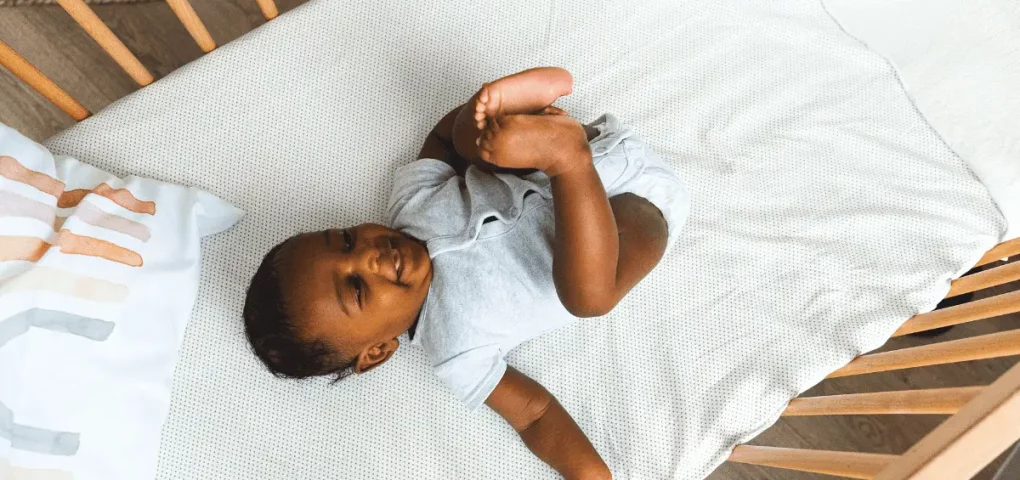
The Safe Sleep for Babies Act was created to help reduce the risk of SIDS. This act requires that all baby products, including cribs, be tested for safety before they can be sold. In addition, the Act also requires that manufacturers provide clear and concise warnings about the dangers of certain products, such as inclines for cribs. This way, parents can make informed decisions about the products they purchase for their babies.
The Safe Sleep for Babies Act emphasizes that babies must only sleep in products that are labeled bassinets, cribs, and play yards. This way, parents can be sure that their baby is sleeping in a safe environment.
In addition, the Act requires that all products must meet certain safety standards, such as being free of sharp edges and corners and having no more than two inches of space between the slats. If these guidelines are not met, the product should not be sold to the market.
Parents must learn to know the differences of different sleeper products to be able to make an informed decision. It is the responsibility of parents to provide a safe sleep environment for their babies.
Inclines for cribs may be banned, but that does not mean that other sleeper products are automatically safe. Parents must still do their research to ensure that they are providing their baby with the safest possible sleep environment.
How Can Parents Keep Their Babies Safe While Sleeping?
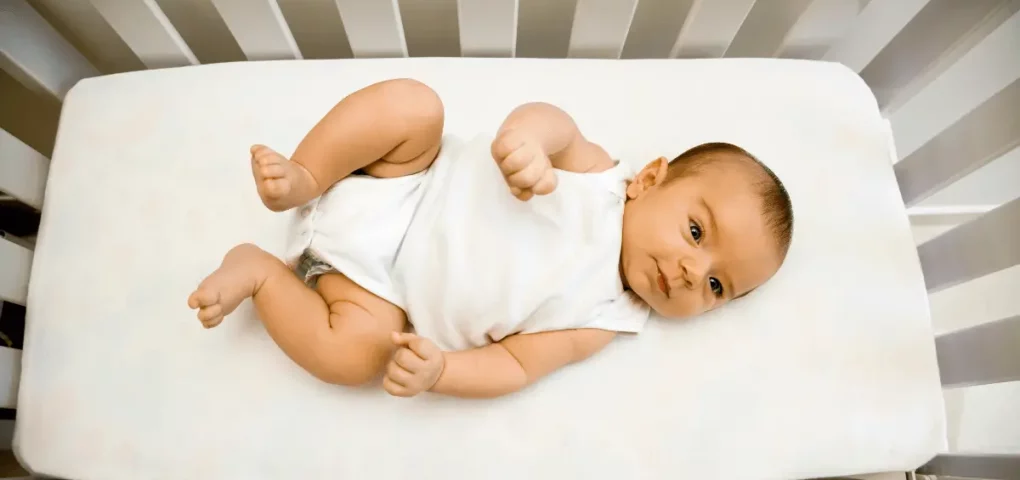
There are a few things that parents can do to keep their babies safe while sleeping.
Use a Firm Mattress
A firm mattress is important for a baby’s sleep because it decreases the risk of SIDS. In addition, a firm mattress will also support a baby’s developing spine and prevent flat head syndrome. Therefore, parents should always use a firm mattress when putting their baby to sleep.
Place Baby on Their Back
Babies should always be placed on their backs to sleep in order to decrease the risk of SIDS. In addition, this position will also prevent the baby from swallowing vomit and reduce the risk of GERD or reflux. Inclines are not necessary for babies to sleep in this position, as they can actually be dangerous.
Avoid Using Inclines for Cribs
As mentioned before, inclines for cribs are no longer considered safe for babies. In addition to the risks of SIDS and injuries, inclines can also make it difficult for babies to breathe. Therefore, parents should avoid using inclines for cribs and instead use a flat sleeping surface.
Avoid Placing Pillows, Blankets, or Stuffed Animals on the Crib
Pillows, blankets, and stuffed animals can pose a suffocation hazard for babies. In addition, these items can also increase the risk of SIDS. Therefore, parents should avoid placing them in the crib with their babies.
Always Check on Baby
Parents must also always check on their babies while they are sleeping. This way, they can ensure that their baby is safe and sound. Constantly checking on the baby will make parents more aware of any changes in their baby’s sleep patterns or environment.
By following these guidelines, parents can help keep their babies safe while they sleep. Inclines for cribs may be banned, but there are still many other ways to ensure that a baby has a safe and comfortable sleep. Parents must be diligent in their efforts to provide a safe sleep environment for their babies.
What Are Crib Bumpers?
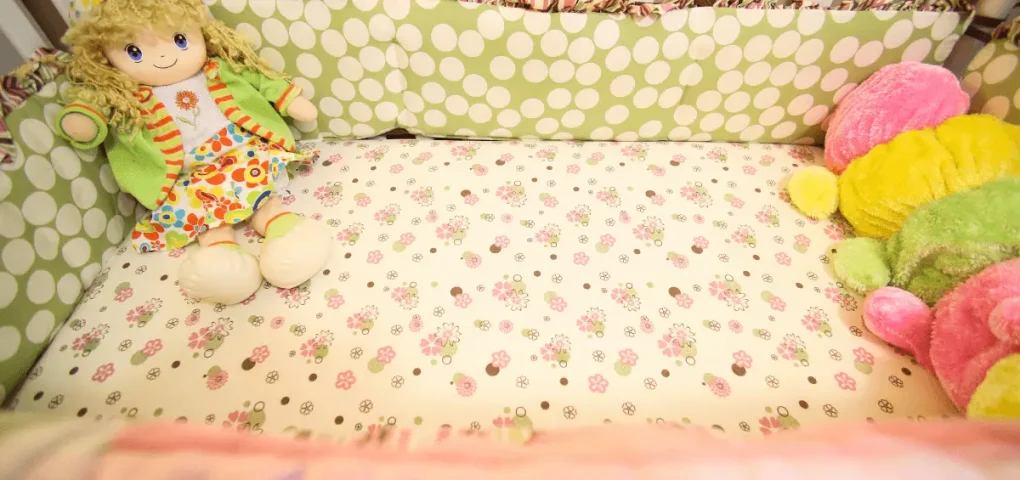
Crib bumpers are padded or quilted panels that attach to the inside of a crib. They are used for decorative purposes and are often sold with matching bedding sets. Some parents believe that crib bumpers can provide a sense of security for their babies. However, there is no evidence to support this claim.
Crib bumpers can actually be quite dangerous for babies. They can cause suffocation, as well as increase the risk of SIDS. In addition, crib bumpers can also lead to serious injuries, such as concussions and broken bones. Therefore, parents need to be aware of the dangers of crib bumpers before deciding to use them.
The American Academy of Pediatrics (AAP) does not recommend the use of crib bumpers. In fact, they have even gone so far as to say that “crib bumpers are lethal”. The AAP recommends that parents avoid using crib bumpers altogether.
Do Babies Really Need to Sleep in Cribs?
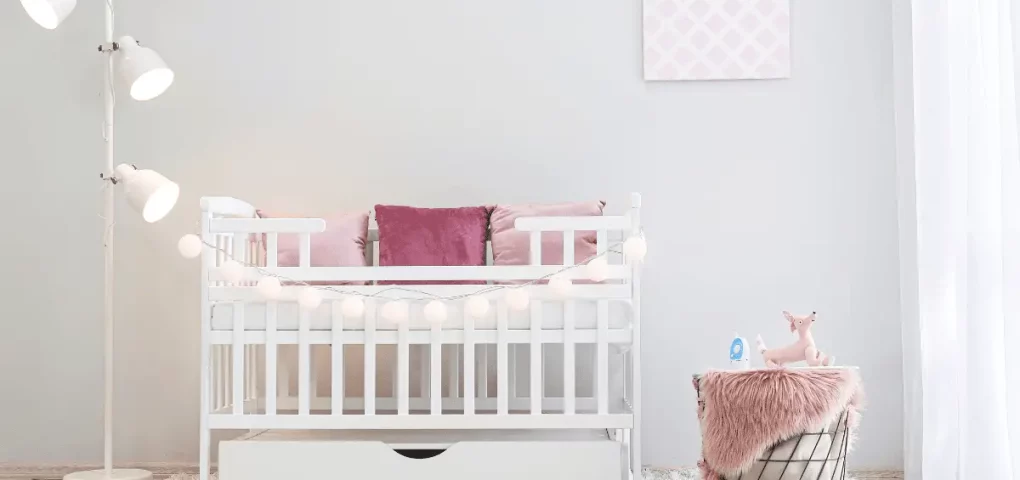
Babies do not necessarily need to sleep in cribs, but they do need to sleep in a safe environment. There are various products on the market that can provide safe and comfortable sleeping spaces for babies. For example, there are bassinets, play yards, and co-sleepers.
Each family is different and must decide what type of sleeping arrangement is best for their baby. However, it is important to remember that cribs are not the only option. There are many other safe and comfortable options available for babies.
Why Are Unsafe Infant Products Still Being Sold Today?
Unfortunately, many unsafe infant products are still being sold today. In many cases, these products have not been properly tested for safety. In addition, some manufacturers may be aware of the dangers of their products but continue to sell them anyway.
However, the AAP is doubling its efforts to make sure that unsafe infant products are no longer being sold. In addition, parents must also be vigilant in checking for recalls and safety warnings before purchasing any products for their babies.
Parents must take the initiative not to purchase any recalled or unsafe products per AAP. In addition, parents should always check for safety warnings before using any product with their baby. By taking these precautions, parents can help keep their babies safe from harm.
How Can Parents Promote Good Sleep Hygiene for Their Babies?
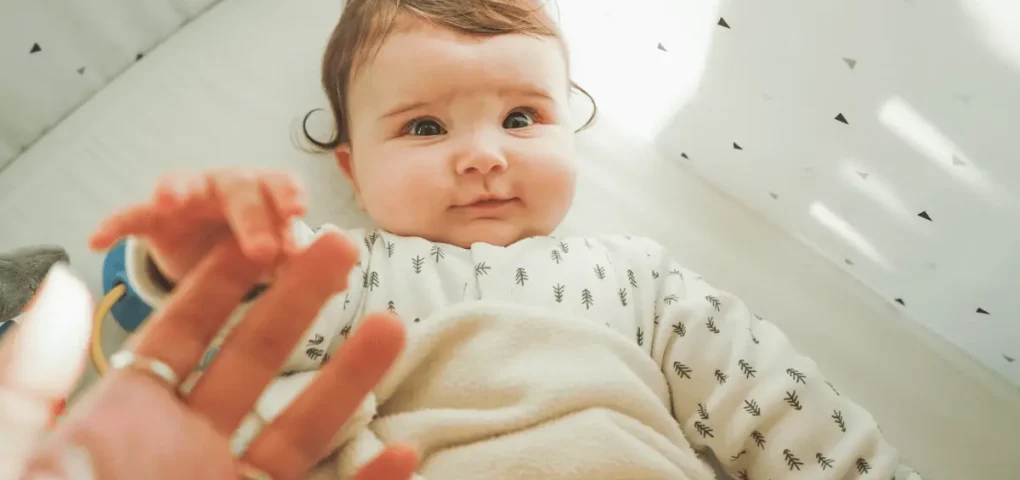
There are a number of ways that parents can promote good sleep hygiene for their babies. First, it is important to create a regular sleep schedule for your baby. This means putting your baby to bed at the same time each night and waking them up at the same time each morning.
In addition, it is important to create a calm and relaxing environment for your baby to sleep in. This means keeping the noise level down and avoiding bright lights or stimulation before bedtime.
Another important part of good sleep hygiene is ensuring your baby’s sleeping surface is safe and comfortable. This means using a firm mattress and avoiding the use of pillows, blankets, or stuffed animals. In addition, it is important to make sure that your baby’s crib is free from clutter.
By following these guidelines, parents can help create a safe and comfortable environment for their babies to sleep in. Good sleep hygiene encourages healthy sleep habits and can help reduce the risk of SIDS.
Conclusion
Safe sleep is very important for babies. After all, babies spend the majority of their time sleeping. In order to ensure that babies have a safe and comfortable sleep, parents must be diligent in their efforts to provide a safe sleep environment.
This means avoiding the use of unsafe products, such as crib bumpers and promoting good sleep hygiene. By taking these precautions, parents can help keep their babies safe while they sleep.


Leave a Reply